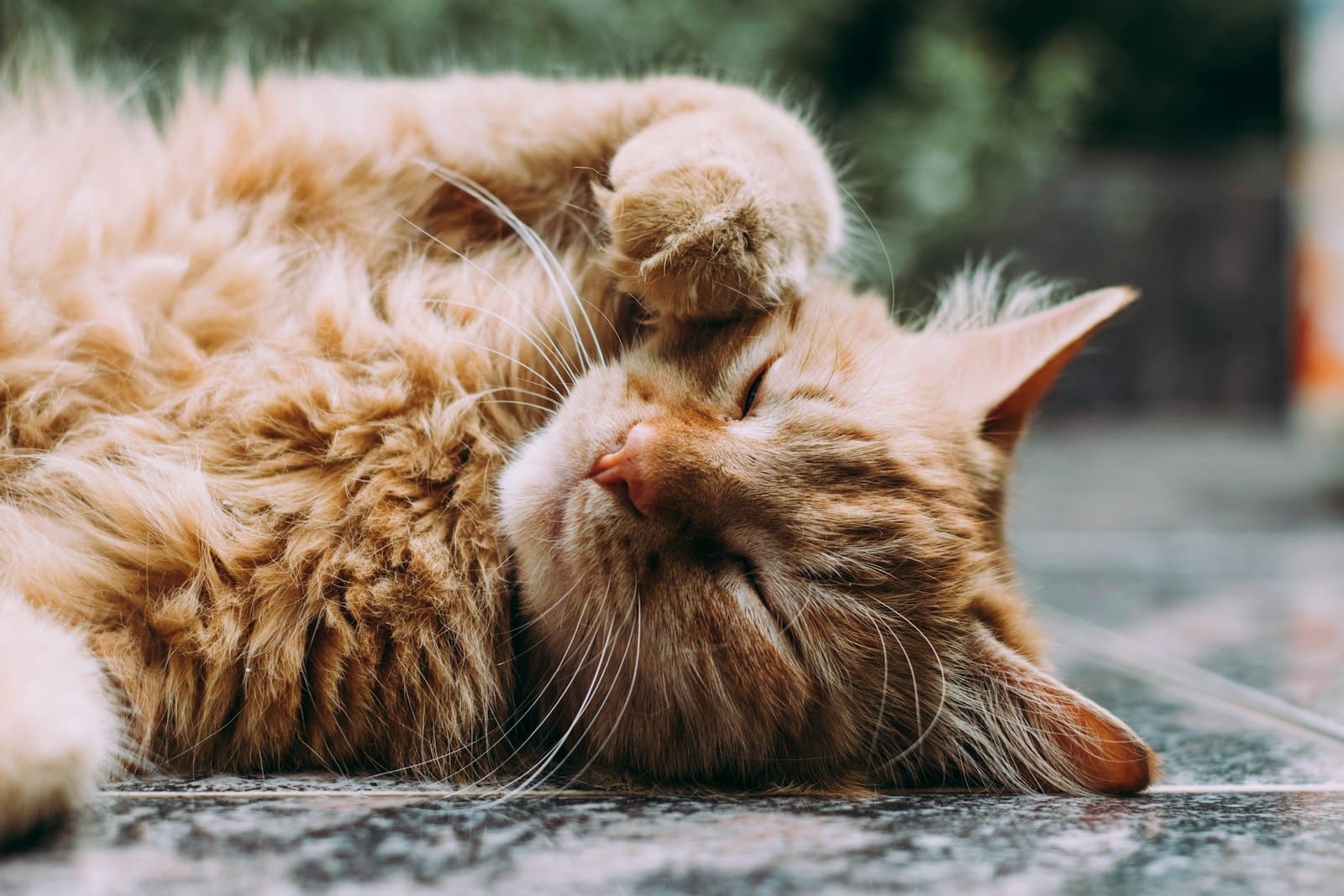Every cat owner should take their pet for regular health checkups. Even still, when your cat’s behavior changes, pay attention. Here are 10 warning signs your cat isn’t feeling well and symptoms that should never be ignored.
10. Distressed Behavior
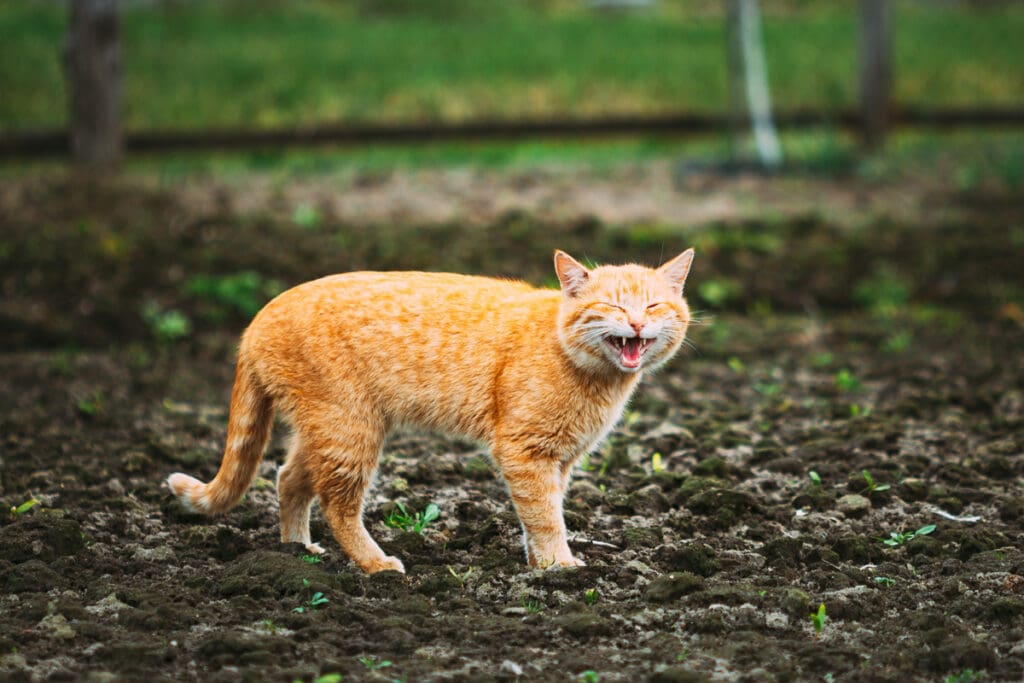
Typically, cats are rather composed animals. Plus, you know your cat’s normal behavior. If your cat begins hiding, crying, howling, or otherwise acting uncharacteristically, these are all signs of distress. Especially if it’s not short or temporary. Such behavior should alert you something is wrong. Take your cat to be examined by a vet immediately.
9. Ongoing Vomiting
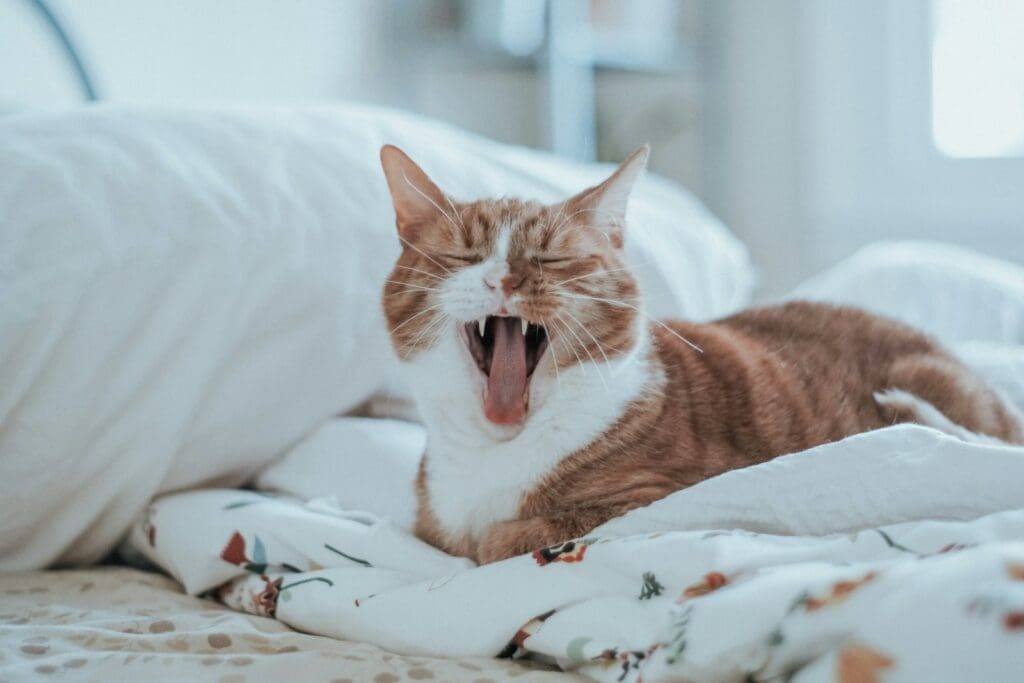
It’s normal for cats to vomit occasionally to expel food or hair. However, repeated vomiting indicates a more serious situation. If your cat eats, drinks, and uses the litter box, but is still vomiting – contact your vet and discuss your cat’s symptoms. However, if your cat is vomiting and has stopped eating, drinking, and urinating – it signals a medical emergency.
8. Abnormal Litter Box Behavior
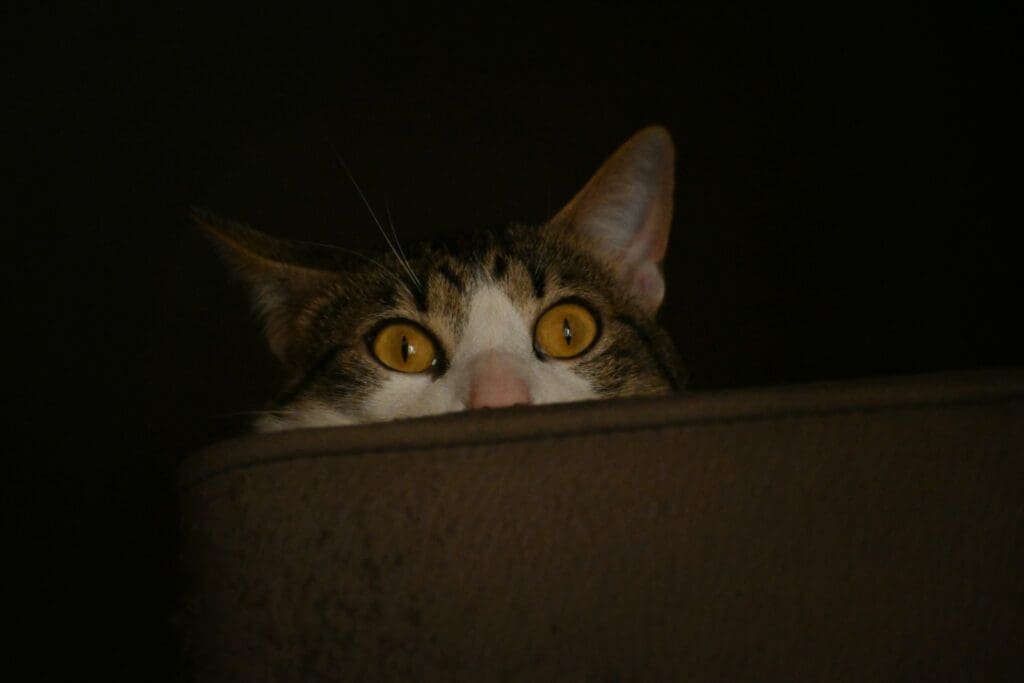
Changes in litter box habits, particularly with male cats, may indicate a serious problem. Other symptoms include urinating outside the litter box, straining and crying while producing little or no urine, or grooming the genital area excessively. A non-urinating cat may have a urinary obstruction preventing the passage of urine. This can be fatal without treatment. Contact a vet immediately.
7. Excess or Overwhelming Fatigue
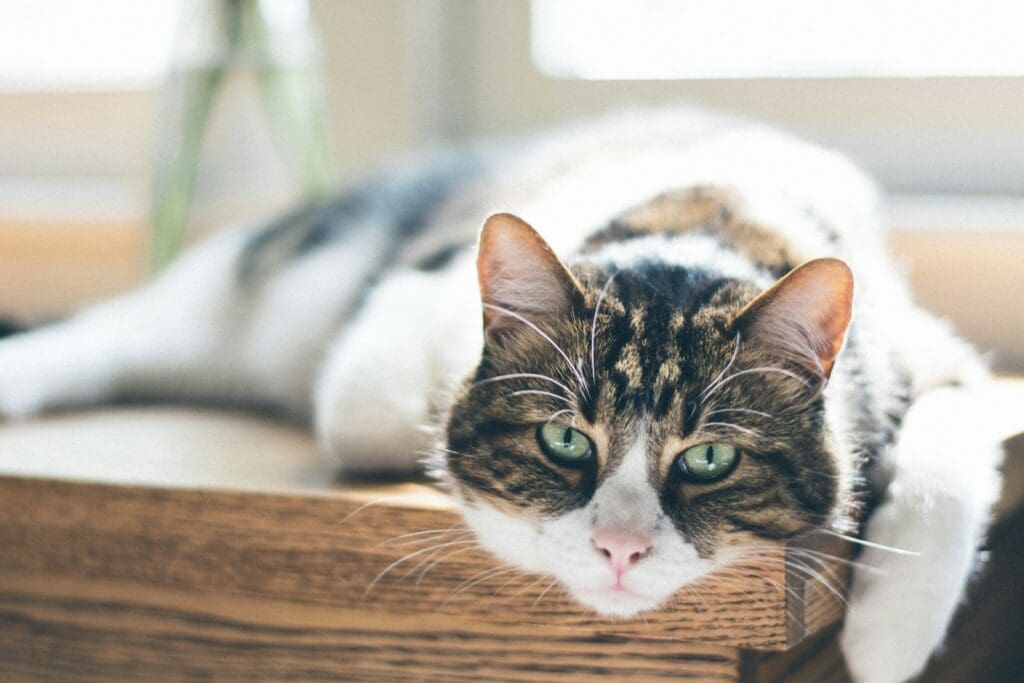
While cats spend a lot of time lounging, take note if your cat displays the following symptoms:
- Becomes entirely sedentary.
- Shows no enthusiasm for things it normally enjoys.
- Hides or goes off alone to sleep in strange areas.
These are all signs that something could be seriously wrong with your cat.
6. Sudden Changes in Appetite
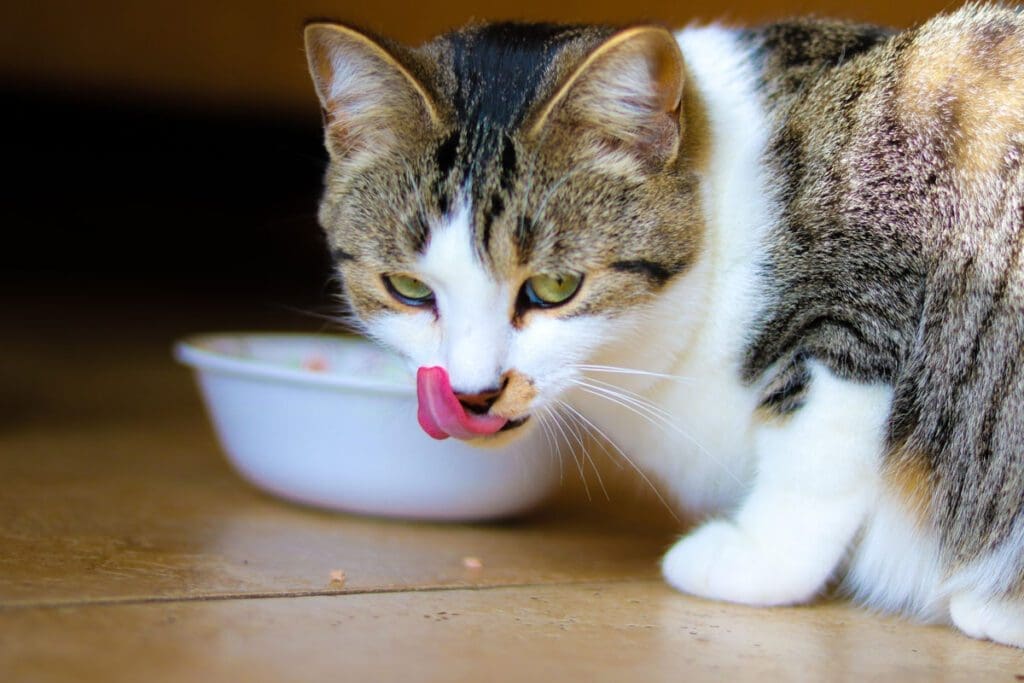
Pay attention to decreased or increased appetite. Cats have a reputation for being finicky, but an animal typically won’t starve itself. You’ll know what’s normal for your cat. If they begin showing less – or even more – interest in food, both can signal your cat may have an undiagnosed health issue. Consult your vet immediately.
5. Coughing or Changes in Breathing
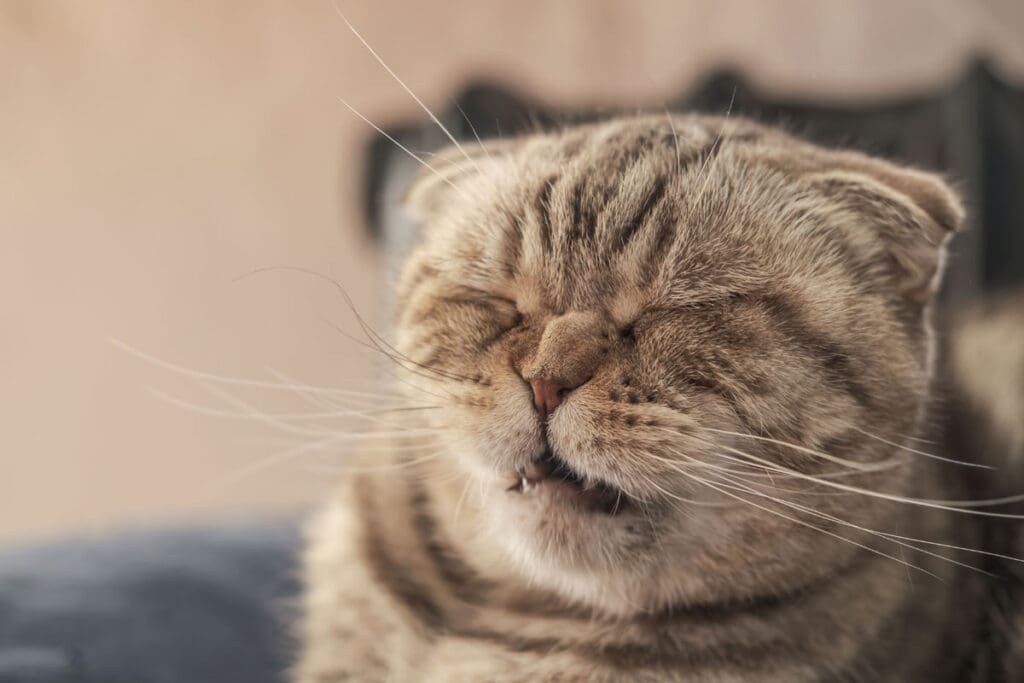
Symptoms such as coughing, increased respirations, shallow breathing, or sounds like wheezing occurring while breathing are all signs of respiratory distress. Parasites, tumors, exposure to toxins, heart conditions, and disease can all cause respiratory issues. If you notice any changes to your cat’s respiratory system, they should be taken seriously. Contact a vet immediately.
4. Discharge From the Nose or Eyes
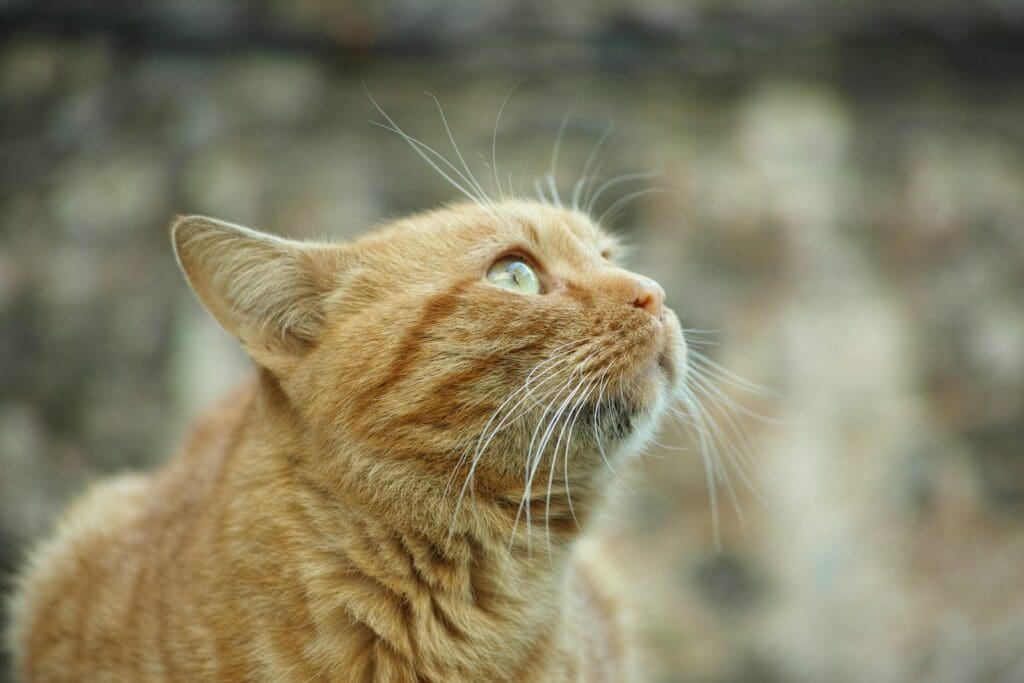
Discharge coming from your cat’s nose or eyes is a sign of infection. If your cat has such discharge, and it’s accompanied by panting, sneezing, or shortness of breath – this can be a sign of respiratory infection. Either way, all are signs of infection, which can progress quickly and potentially become fatal if left untreated.
3. Any Lump or Unusual Growth
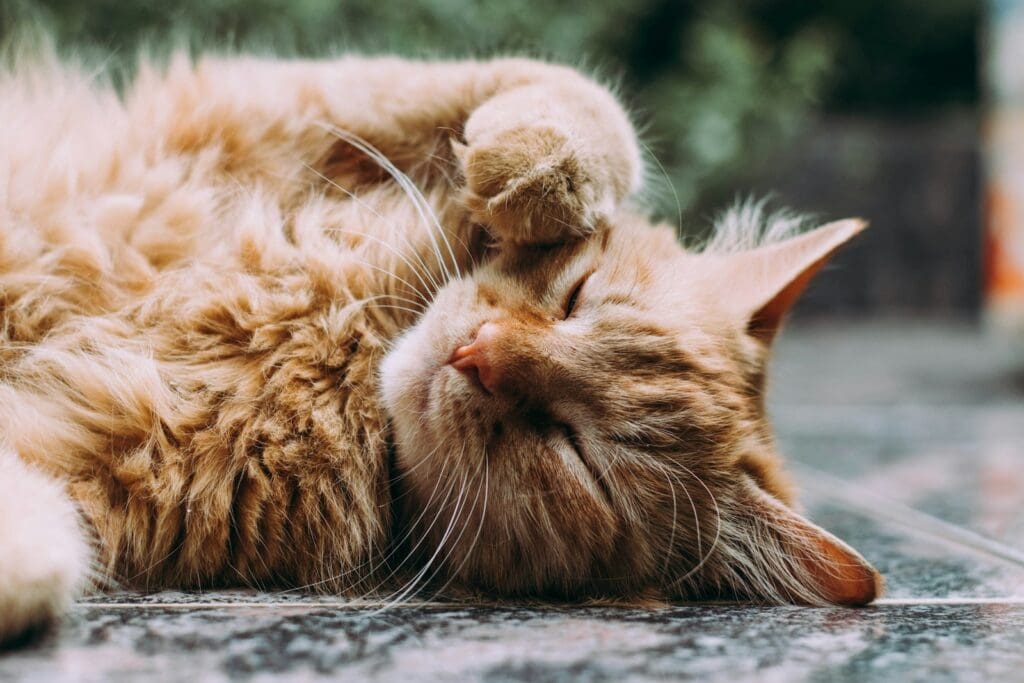
Pay attention to any lumps or unusual growths on your cat. Sometimes these can be harmless, or they can be benign tumors, but it’s impossible to know without an examination. Even if they are harmless, they could be causing discomfort for your pet. It’s always best to have a vet examine your cat.
Read More: 10 Tips to Win Over Your Cat
2. Any Accident or Fighting With Another Animal
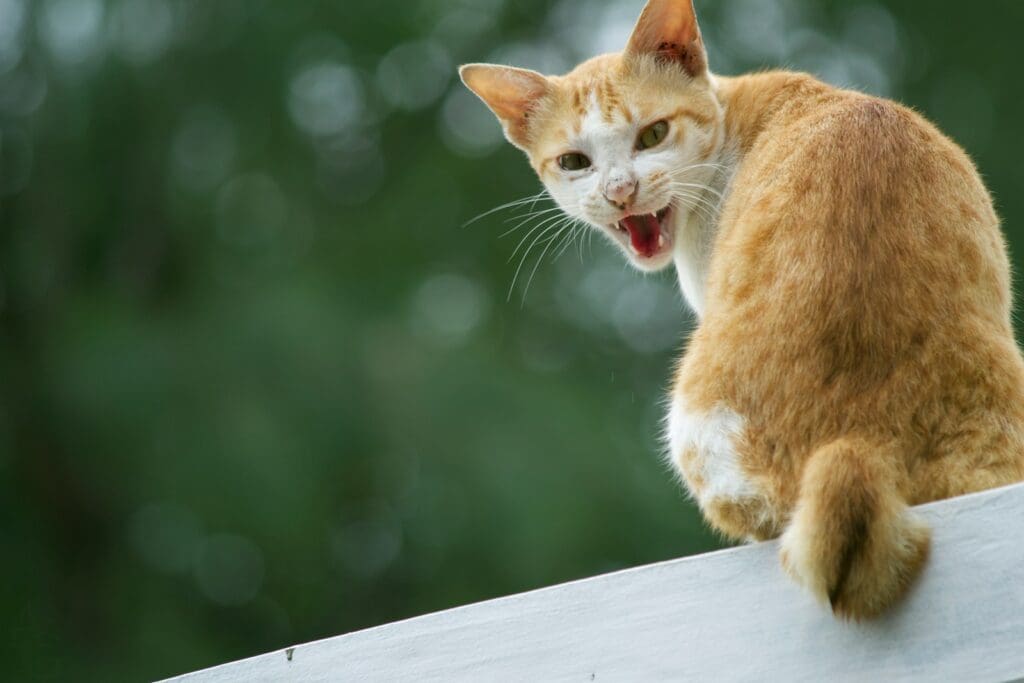
If you know your cat has been in a fight with another animal or involved in an accident, then it’s important to take your cat to the vet for an examination. Even if you can’t see any apparent injuries, your cat may have unseen wounds or internal injuries. A checkup will reduce the risk of infection or later complications.
Read More: What To Do If Your Cat Runs Away
1. Dragging Back Legs
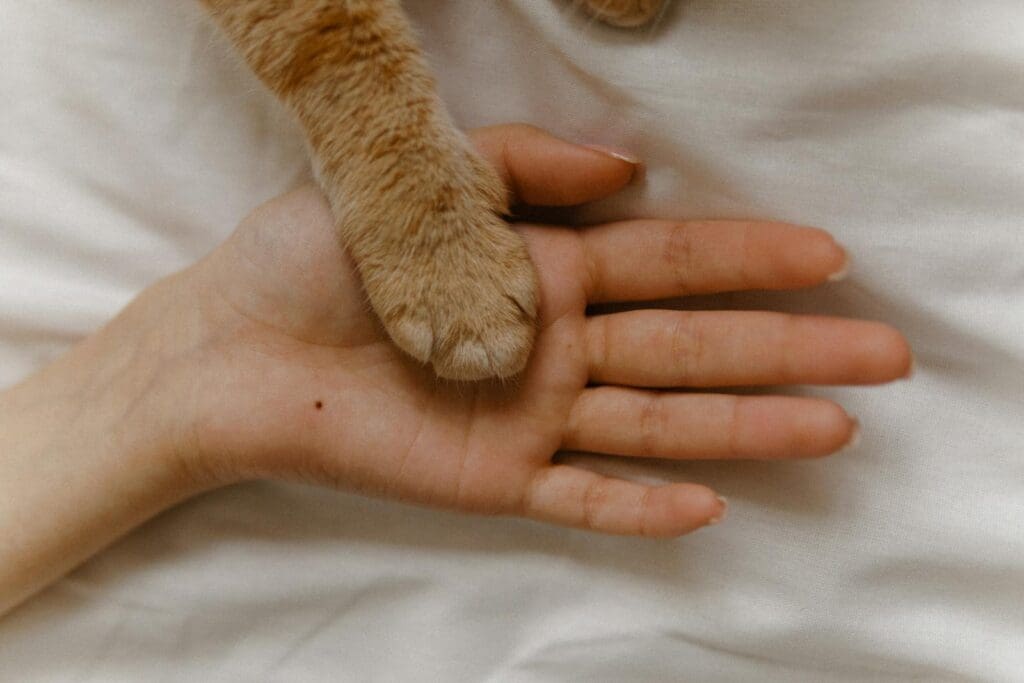
Cats that have heart disease (diagnosed or undiagnosed) can develop a complication called aortic thromboembolism. This is a blood clot that, when it becomes lodged in the back legs, causes distress and paralysis. Dragging back legs is a sign of this condition. It is vital to take your cat for medical attention immediately.
Read More: 10 Biggest Mistakes Cat Owners Make

